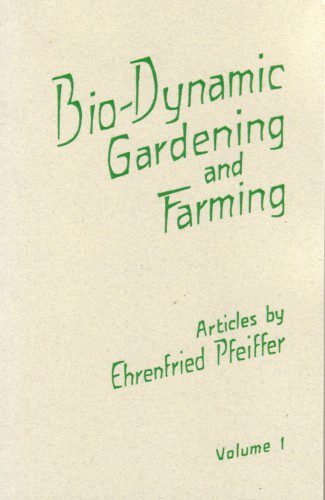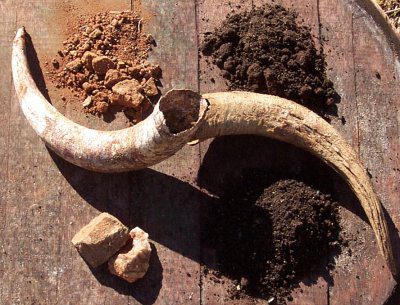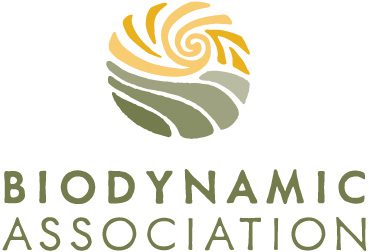Are You Asking “What is biodynamic farming?”
Biodynamic Farming Defined
 Biodynamic farming began with Rudolph Steiner in the early 1920s Germany. Biodynamic farming has elements & goals of the organic & sustainable farming movement deeply rooted in its practices. You could think of biodynamic farming as one of the original organic or sustainable farming methods. Biodynamic practitioners might use the phrase “a holistic understanding of agricultural processes” to describe it or “Biodynamics is a spiritual-ethical-ecological approach to agriculture, food production and nutrition.”, according to the Biodynamic Association.
Biodynamic farming began with Rudolph Steiner in the early 1920s Germany. Biodynamic farming has elements & goals of the organic & sustainable farming movement deeply rooted in its practices. You could think of biodynamic farming as one of the original organic or sustainable farming methods. Biodynamic practitioners might use the phrase “a holistic understanding of agricultural processes” to describe it or “Biodynamics is a spiritual-ethical-ecological approach to agriculture, food production and nutrition.”, according to the Biodynamic Association.
 Focusing on the inclusion of all aspects from water, animals, composts, social human fabric, & the astrological alignments draws individuals who find the holistic approach to farming to be not only beneficial but mandatory. Biodynamic efforts often follow a triple bottom line principle which values ecological, social and economic sustainability. The Community Supported Agriculture movement, CSA, was actually championed by biodynamic farmers. Biodynamics, like permaculture, honors the role of the human social environment within the farming method itself. Everything in this life is connected.
Focusing on the inclusion of all aspects from water, animals, composts, social human fabric, & the astrological alignments draws individuals who find the holistic approach to farming to be not only beneficial but mandatory. Biodynamic efforts often follow a triple bottom line principle which values ecological, social and economic sustainability. The Community Supported Agriculture movement, CSA, was actually championed by biodynamic farmers. Biodynamics, like permaculture, honors the role of the human social environment within the farming method itself. Everything in this life is connected.
Steiner's first talks were brought about by the negative experience farmers were having due to degradation of the soil due to the overuse of petrochemicals. Biodynamics seeks to create a regenerative system within the farm itself. The goal is to provide everything the living system needs from within the farm itself. There is a heavy focus on biodynamic compost preparations, instead of petrochemical alternatives, for restoring & improving the land condition of the farm.
Ehrenfried Pfeiffer‘s text Bio-Dynamic Farming and Gardening, published in 1938 in 5 languages, was a major push in the expansion of the biodynamic farming movement.
Find more about what is biodynamic farming:
Biodynamic Agriculture Wikipedia
What is biodynamic farming – Biodynamic Association

